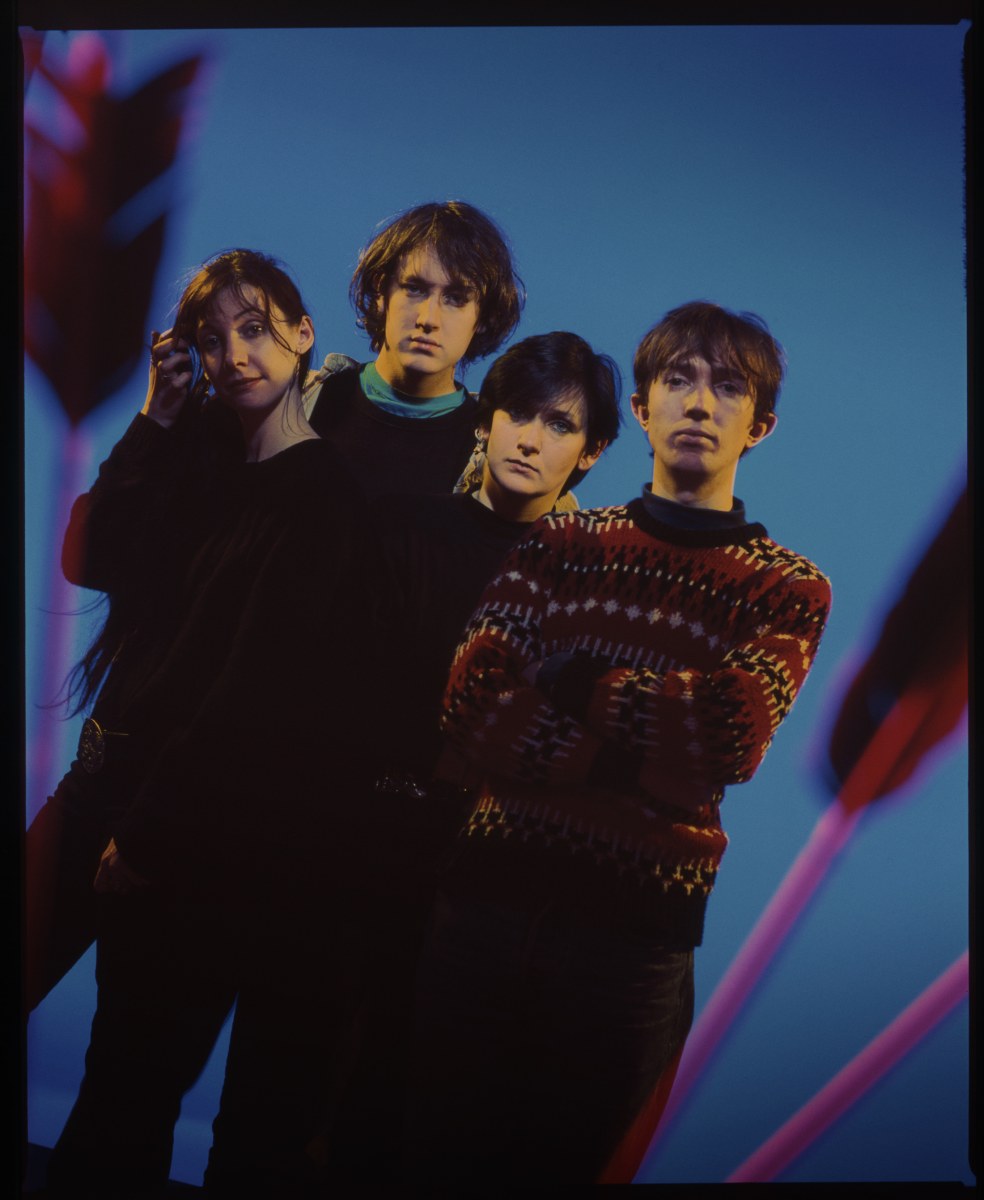Shoegaze: A Short History
The dreamy musical movement that drenched guitars in reverb and fuzz


We've been continuing our dives into musical movements and genres with a look at shoegaze - the dreamy sound that drowned guitars in feedback and fuzz.
Shoegaze emerged in the late 1980s, when bands like My Bloody Valentine, Ride, Slowdive and Lush pushed indie music into new territory.
The beginnings of shoegaze emerged in the late 80s UK indie scene, influenced by the likes of The Jesus & Mary Chain and Cocteau Twins. They were bands obsessed with guitar pedals, noise and atmosphere. The term 'shoegazing' came from the bands' typical onstage demeanor - staring down at their pedals.
The effect-laden wall of guitar distortion became crucial to the sound - as exemplified by the saturated, gliding guitar of My Bloody Valentine's Kevin Shields. Vocals became a texture rather than the star of the show, and bands focused on creating a dreamlike, hypnotic atmosphere with their sound.
Visually, shoegaze had a distinct vibe: blurred, dreamlike, abstract - taking inspiration from the artwork of 4AD Records that influenced the scene. Rejecting machismo in favour of beauty, bands often had an androgynous look or featured both men and women.
Sometimes seen as pretentious and self-indulgent, shoegaze was dubbed "the scene that celebrates itself". By the mid-90s, the scene was sidelined as Britpop took over. Many of its bands split or reinvented themselves, but the influence of shoegaze didn’t disappear.
Over 30 years later, shoegaze has made a comeback - with key bands like Slowdive, Ride and My Bloody Valentine releasing new, acclaimed music and playing bigger gigs than ever before. Today it’s recognised as a key moment in UK music, with its sound and aesthetic resurfacing in modern indie, dream pop, ambient, nu-gaze and more. Shoegaze has been rediscovered as a sound, unlike any other, to get lost in.
